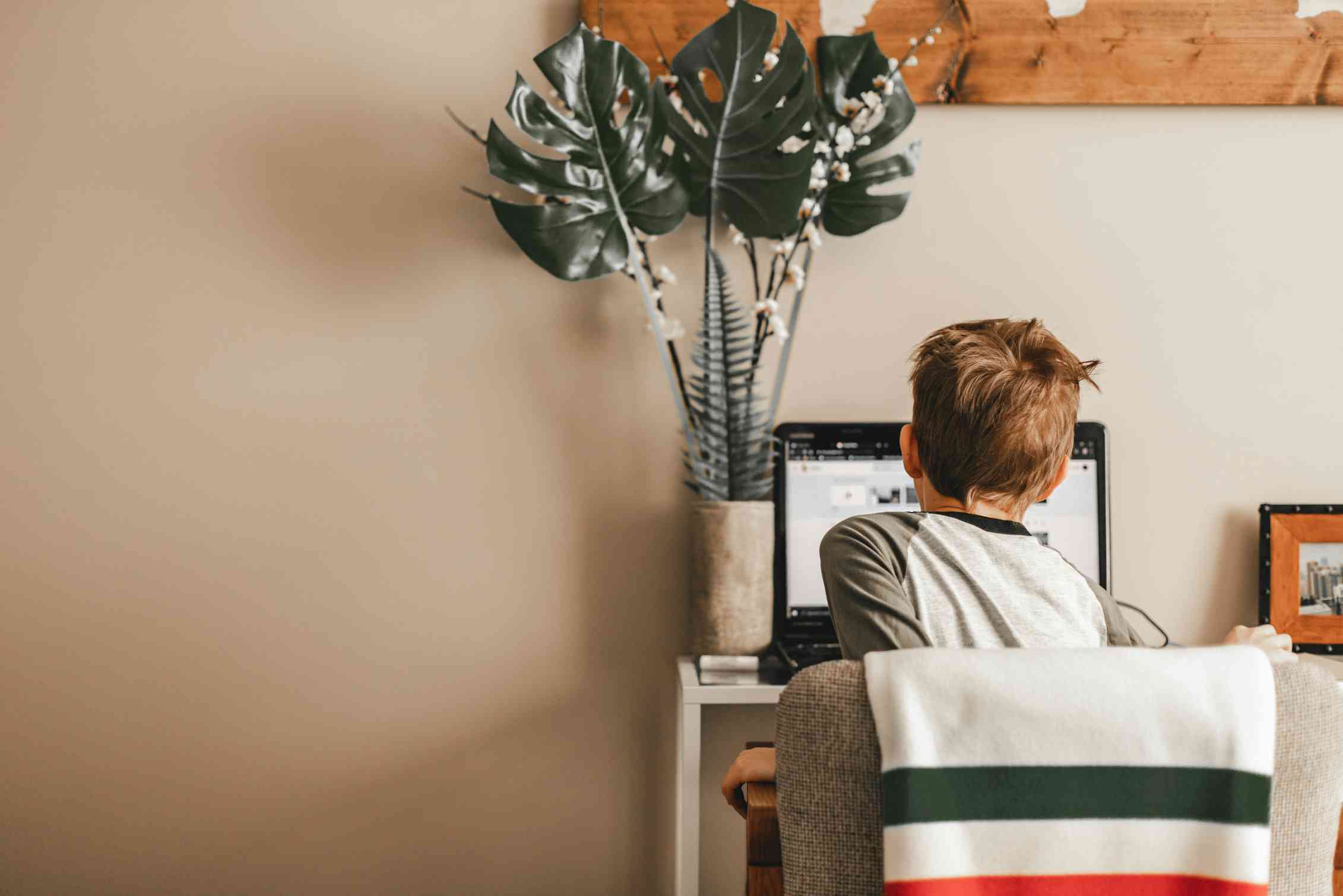
The COVID-19 pandemic has provoked a public debate about the value of learning online for elementary school students. Much of this dialogue has been negative, with a focus on the experiences that children are missing by not being a part of in-person classrooms.
In an effort to learn more about remote education at the elementary level, we collected data from those with the most first-hand experiences — parents, students and teachers — in the form of a survey and interviews.
As we suspected, we found that the situation of online schooling is more complex than a simple “good” or “bad” — and the public dialogue is not telling the full story. We think it’s important to ask for whom and when is online learning a good fit.
Parent, student, teacher surveys
We are a team of multidisciplinary researchers with an interest in children’s rights and education who collaborate with community partners to better understand how to improve the equitable delivery of engaging educational experiences.
Through our program, the McMaster Children and Youth University (MCYU), McMaster professors and students from different faculties and departments offer public lectures and community-based workshops designed to appeal to children, youth and families.
We recruited participants through e-mail requests for participation distributed in collaboration with the Hamilton Wentworth District School Board to those who experienced remote learning during the 2020-2021 academic year.

Before the pandemic
Online schooling existed in limited formats long before the pandemic and has been valuable for certain students and specific circumstances.
In 2010, research reporting on national studies of school district administrators in the United States found the majority of “K-12 online learning is conducted at the secondary level where students are older and beginning to come into their own socially and emotionally.” It also found that the “basic reason K-12 schools are offering online and blended learning is to meet the special needs of a variety of students” — and that online learning is helpful for offering courses that are not otherwise available in schools and for reducing scheduling conflicts.
Students in remote areas, hospitalized students, incarcerated students, elite athletes, students with severe anxiety and students who learn differently are also among those who have often benefited from remote learning.
What students, families said
While this year’s version of online learning must be contextualized as “emergency remote teaching,”, many still found advantages to this format.
Specifically, some students found the lack of bullying, peer pressure and social anxiety were a welcomed change that allowed them to better focus on learning.
Others mentioned the comfort of being at home, the reduced stress around the morning rush, the extra time to sleep, the increased time with family and the ability to eat and have washroom breaks at will as all contributing to a more fruitful learning environment.
Fewer barriers, safer learning environment
One parent of a child with physical disabilities mentioned that their child preferred online learning because, “his physical disabilities aren’t a barrier to inclusion as much as they are in person.” This student already used a computer to learn, so they felt like they were no longer standing out as being “different.”
In fact, unlike the in-person experience, they were able to take on a leadership role that had previously been inaccessible. As explained by the parent:
“He is very proficient online and this has provided opportunities for him to help others when he’s usually the one requiring all the help. He’s having his best year with remote learning […] now he’s just another kid.”
In another example, a parent mentioned their relief knowing that their child will not be around school-based racism: “Racism is there, bullying is there in schools for brown kids. So staying away from school and study[ing] from home helped kids to be safe and away from bullying and racism.”
Read more: Struggling with racial biases, black families homeschool kids
As a result, not all families are eager to return to in-person education and many are opting to continue with remote learning regardless of public health recommendations.

Some missed social interaction
Of course, this is not to say that the transition to virtual learning was a seamless fit for everyone. Many parents, students and teachers recounted the negative issues associated with online learning.
Most notably, participants highlighted the lack of social interaction, the limited physical exercise, the increased amounts of screen time and tech issues as all contributing to an overall negative experience.
The variation in experiences is perhaps the very lesson that should come from this unique year: learners require many strategies and opportunities to learn effectively, and we should be sceptical of a one-size-fits-all model or even a one-size-fits-most model.
Include children in conversations
Additionally, it is important to include children in conversations about what is best for them.
At the onset of the pandemic, leaders, like the prime ministers of Canada, Denmark and Norway, made direct appeals to the children of their countries recognizing the importance of their participation.
But as we can see in reviewing debates about deciding on a return to in-person learning, children’s voices were largely left out.
Read more: World Children’s Day: Young people deserve to be heard during COVID-19
Failures of traditional classrooms
Based on our early findings, we caution against arguments that solely champion the need to promptly return to in-person classrooms, as these arguments glorify traditional learning environments and reinforce the idea that they are ideal for everyone. Our team continues to work on several papers related to equity and barriers to education to be published out of this research.
Read more: Schools after coronavirus: Seize 'teachable moments' about racism and inequities
Rather than using this moment to make a definitive call on remote education for elementary students, we should consider how we can be creative and re-imagine classroom formats to better meet all students where they are.
We are not advocating abandoning efforts at being inclusive and addressing power dynamics in the classroom. Rather, we must address the reality that testimony of positive experience in this alternative format demonstrates the need for multiple approaches.
Conversations about what post-COVID schooling looks like must consider the reality that traditional learning formats often fail marginalized students. We must create opportunities to bolster learning formats and processes that benefit students who face barriers to education via traditional schooling and delivery.
Rebecca Collins-Nelsen receives funding from SSHRC and McMaster University Covid-19 Stream 2.
J. Marshall Beier receives funding from SSHRC.
Sandeep Raha receives funding from McMaster Covid-19 funding, Stream 2 and SSHRC
